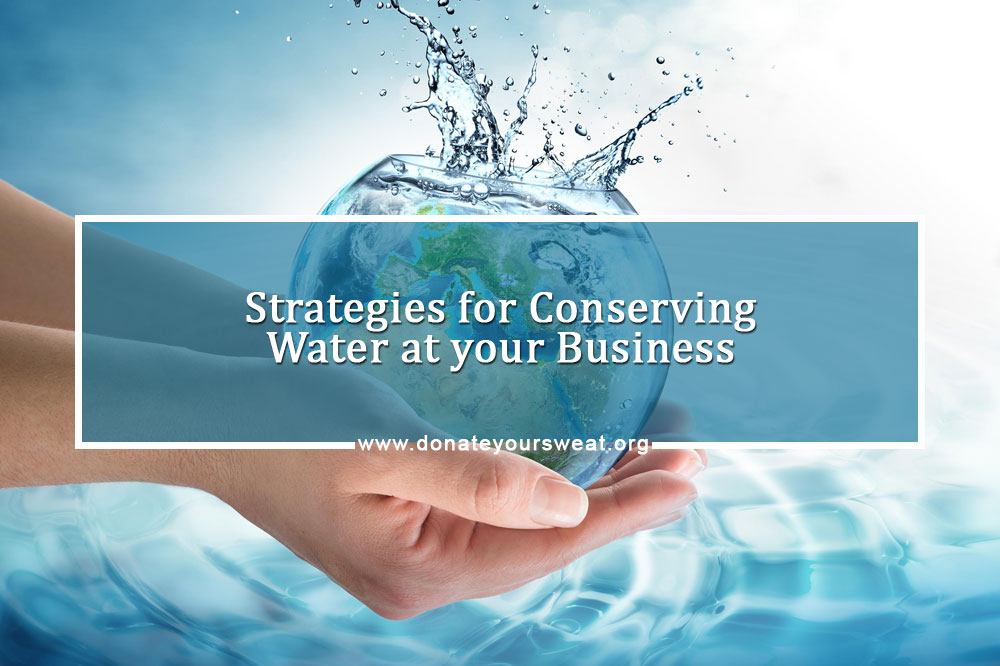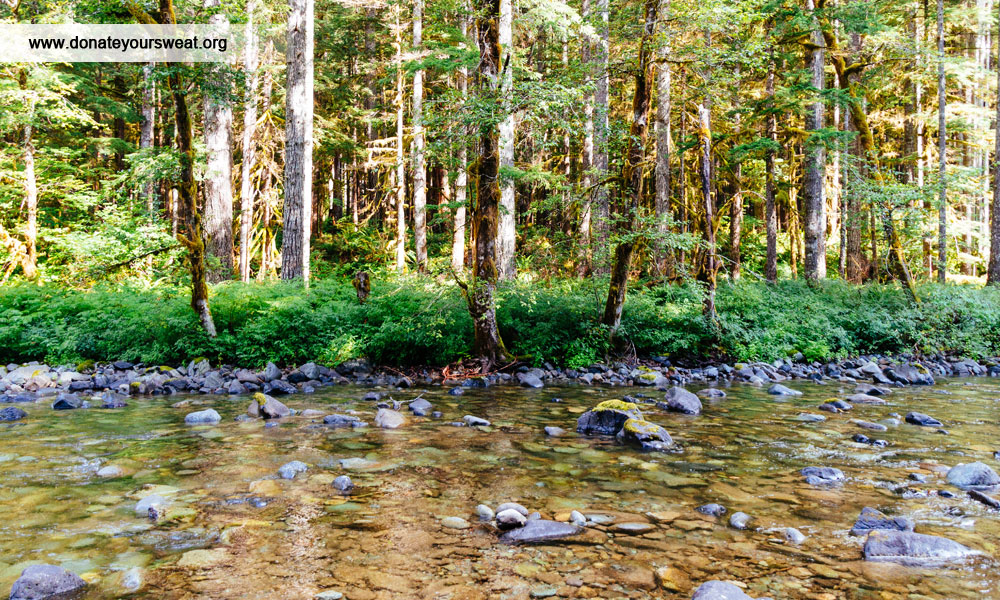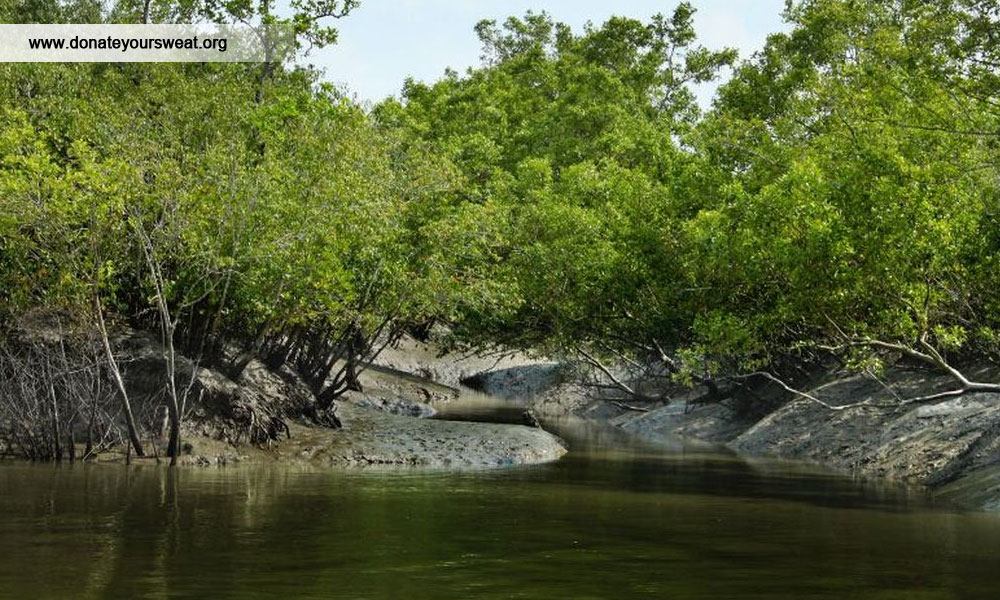Water needs are very different for different businesses and primarily depend on the products or services that the business provides. Another pertinent point is that conservation of water is not in the priority of most businesses, especially in those areas where water is not scarce. However, it is a matter of concern today as water sources are depleting or are getting polluted and the shortage is one of the most pressing environmental worries of today.
For businesses, knowing the amount of water they use and how they use it is the first step in tackling the issue of conservation of water. With the knowledge of a few methods, businesses can cut their water usage to a large extent and become more environment-friendly. Read on for a few methods that businesses can use to get started.
1: Use the right cleaning products
Some cleaning products and soaps use triclosan (a pesticide), which does not support aquatic life and also produces antibiotic-resistant microorganisms. It is a good idea to use soaps that do not have this chemical.
2: Use storm drains only for water
Do not use storm drains to pour your paints, oils, cleaners, pesticides or detergents. Use them exclusively for draining away storm water. When the storm water is routed to local waterways, this way minimum harm is done.
3: Use pavers to a minimum
Extensive paving causes less water to soak to the ground. When water soaks into the ground, contaminants that would have otherwise ended up with the storm water are diluted. Soaking causes less water runoff which helps to reduce flooding. Soaking also improves the quality of groundwater supplies. Therefore, the use of pavers can be kept to a minimum. Businesses need to keep paved areas clean by sweeping them instead of hosing the dirt with water.
4: Keep the fleet of vehicles in top condition
Company vehicles should be well maintained and all oil leaks have to be plugged or repaired to prevent oil or any other liquids from contaminating the drain water.
5: Use appliances that are water efficient
Any appliance that is used for the business can be chosen so that it is water efficient. As an example, install a dual-flush toilet where less water is used to flush away urine.
6: Plan your office landscape thoughtfully
When landscaping your office premises, use drought-resistant varieties of plants that will need less water to survive. This will serve to reduce the consumption of water.
7: Use pesticides and fertilizers to a minimum
It is not new knowledge that pesticides and fertilizers pollute groundwater supplies and cause health risks to humans. Therefore, they should be used to a minimum or altogether avoided.
8: Throw waste into bins
Waste in the form of cigarette butts thrown on the ground can be washed down into storm drains. This true with any waste thrown on the ground. A good idea to prevent this is to provide waste bins and receptacles wherever required.
9: Spreading the education is important
Office staff should be appropriately trained on sustainability initiatives that they can practice on their own in their homes as well as teach others.
Clean and fresh water is a limited resource. While fresh water is being used up by people faster than it can be replaced, and the warmer climate is drying up lakes and rivers, businesses have to realize the urgency to become part of a water-saving movement, perhaps as part of their corporate social responsibility, to give back to not only the nation but the whole world, before it becomes too late.






